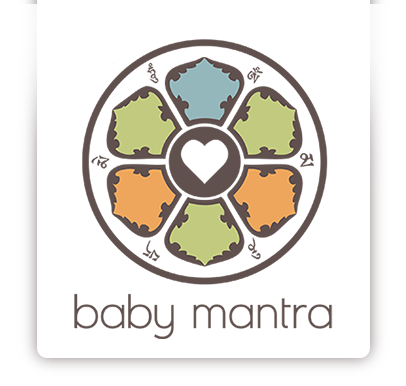A Comprehensive Look at Bottle Feeding
We last looked at bottle feeding at a glance. Here, we will focus solely on bottle feeding. We will look at the facts of bottle feeding to help you to make an informed decision.
Bottle Feeding
When it comes to bottle feeding, is there really that big of a difference from breastfeeding? Studies support that there are differences between the two, however, keep in mind that millions of babies are formula fed, and they are doing quite well. In any case, being as informed as possible is the key to making the right choices for you, and your baby. Here is an in-depth look into bottle feeding.
Feeding Habits
When it comes to feeding of any kind, you will always want to offer your baby a bottle every 2-3 hours, or when he/she is hungry. Until your baby is about 10 pounds, he or she will usually consume 1 to 3 ounces per feeding. This does vary, so if your baby is eating a little more or less on average, don’t be alarmed. However, if baby is eating less than 1 ounce consistently during feedings, go ahead and alert your baby’s doctor right away. This may be a sign of a more severe issue. Bottle feeding does provide the nourishment baby needs, but it does not give the mothers antibodies, which is unique to breastfeeding. It also does not give baby the colostrum for the first 2 to 5 days after birth.
Formula Health
Formula is actually very healthy. Despite what impression you may be under in regards to formula health, it is actually very good for baby. In fact, infant formula is one of the most regulated food products in the US. The ingredients may sound complex, however, formula is a simple blend of water, fat, proteins, and carbohydrates. They are then blended further with vitamins, minerals, and other harmless additives that are specifically meant to imitate breast milk. All formula, brand named or generic, are diligently screened by the FDA. All formulas must strictly comply with the Infant Formula Act (IFA). Formula, in fact, is safer than most of what we put into our own bodies.
Formula Types
There are three basic types of infant formula:
- Powdered
- Concentrated
- Ready-to-use
Organic, Cow’s Milk, and Soy
As with types, there are specific base formulas to choose from, as well. First off, organic labeled formula only means that a minimum of 95% of what is in the canister or jar of formula was made without the use of pesticides, antibiotics, or foreign chemicals. It is a way of placing a heavy price tag for those that need reassurance. Organic can also consist of milk or soy.
Milk-based formula is just that: cow’s milk. As with any formula type, it can be broken down into powder form, concentrated, or ready-to-use formulas.
Soy-based formula is for those who want to avoid giving their baby anything with animal proteins or if they have an allergy to milk or if they are demonstrating that they may be lactose intolerant.
Bottle feeding as a whole is just fine. There is nothing wrong with formula feeding your baby. However, it’s always good to keep in mind the unique bonding experience and the antibodies you will provide baby while breastfeeding.
